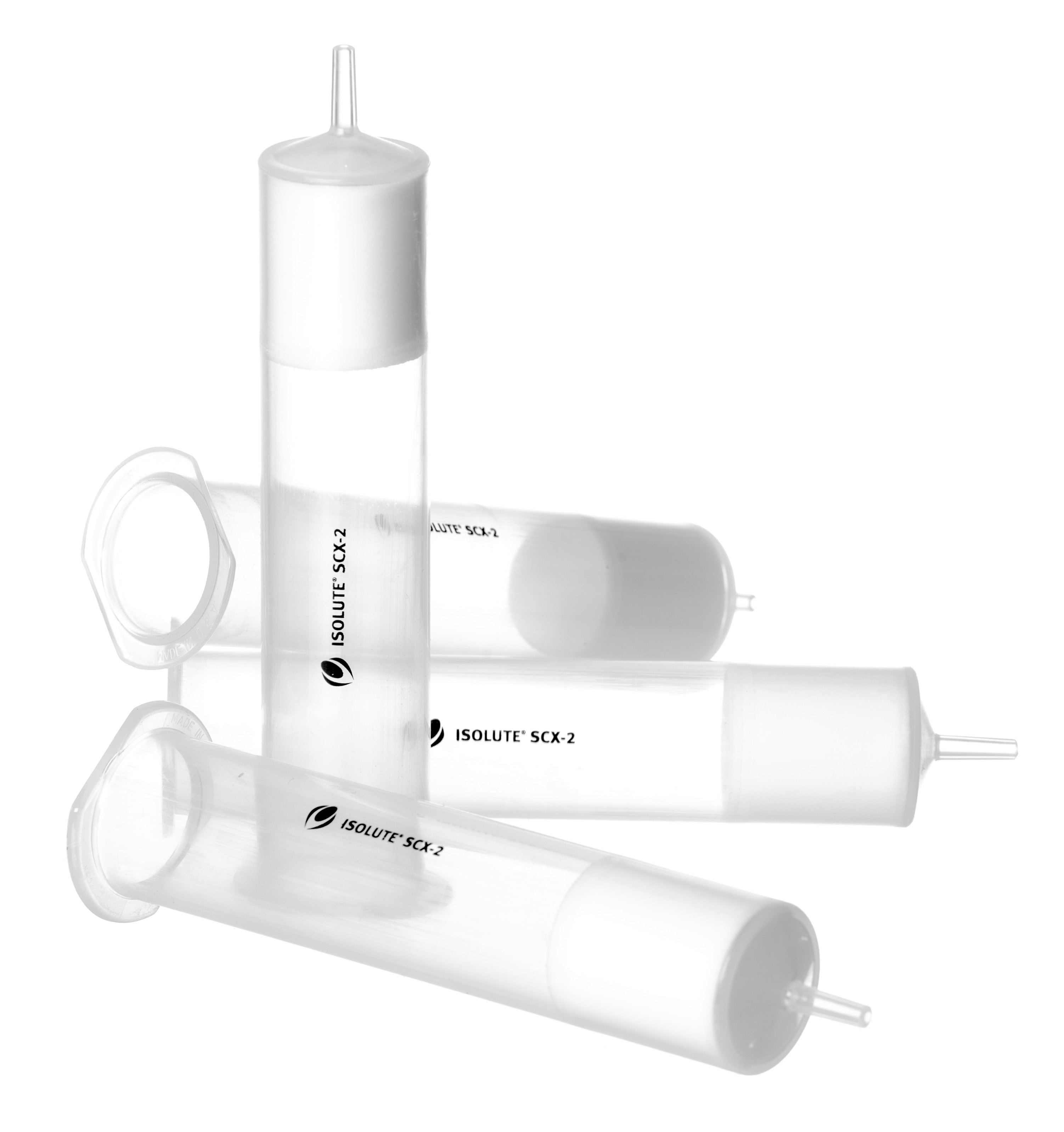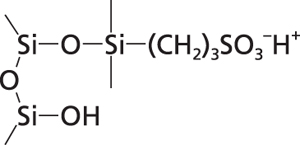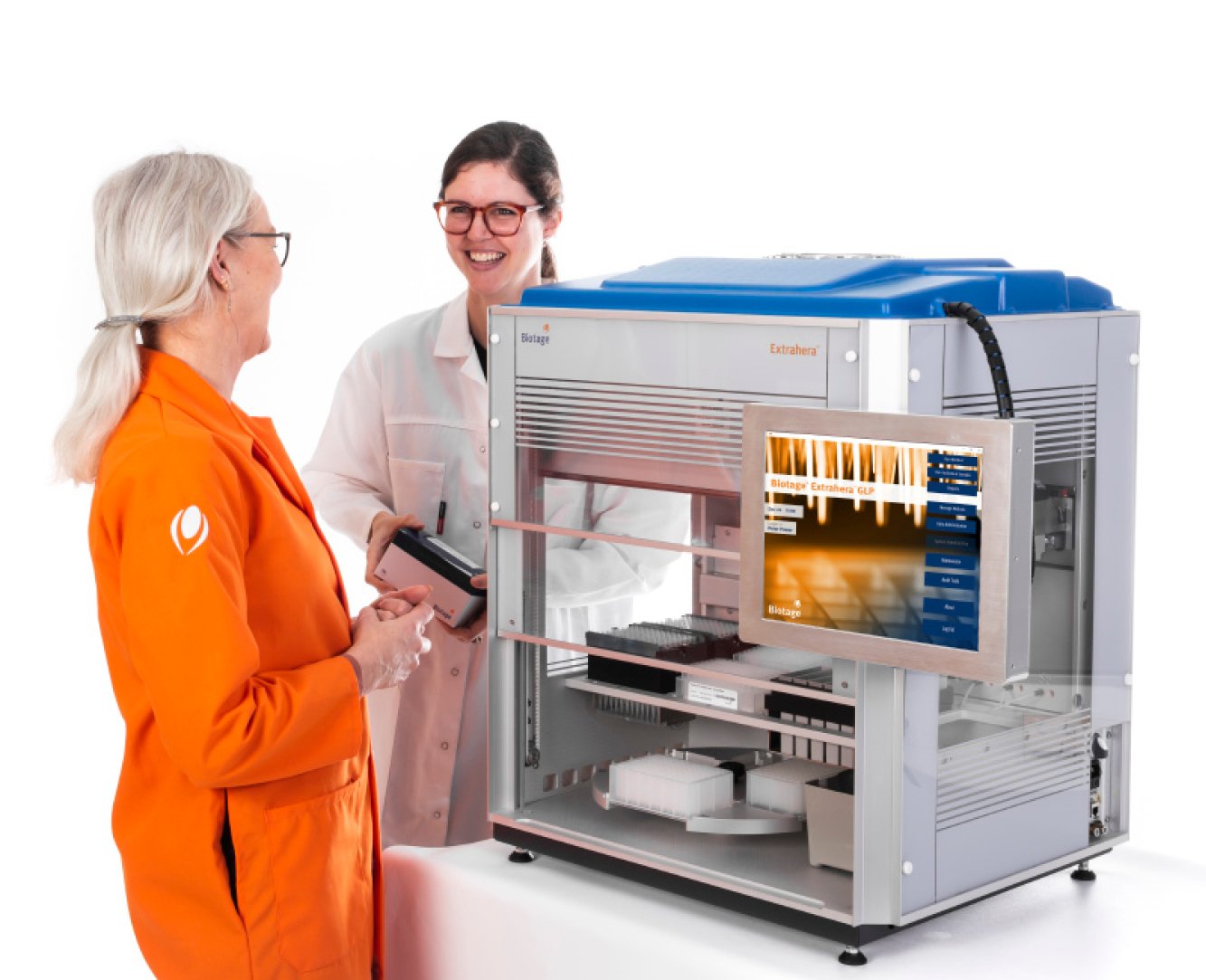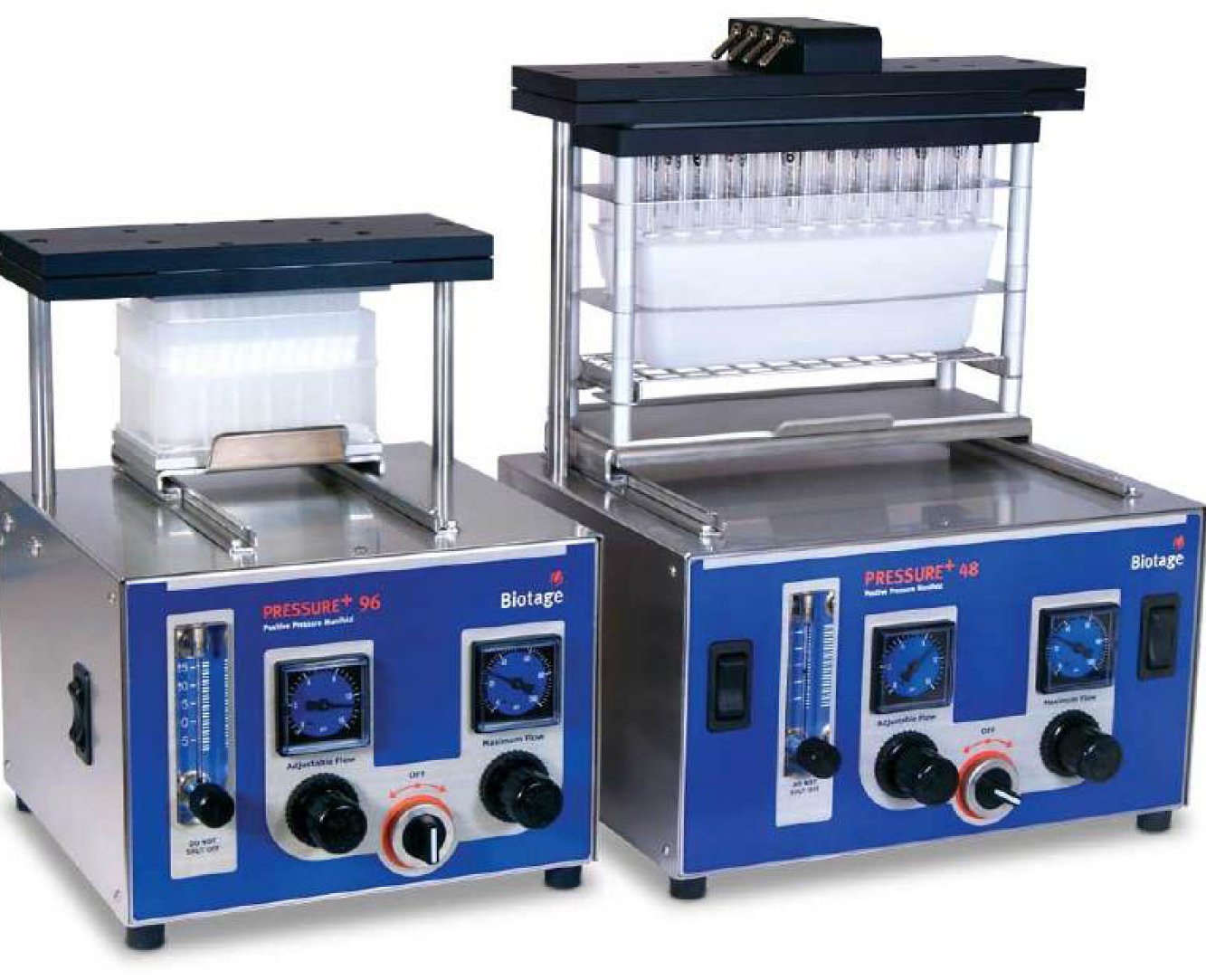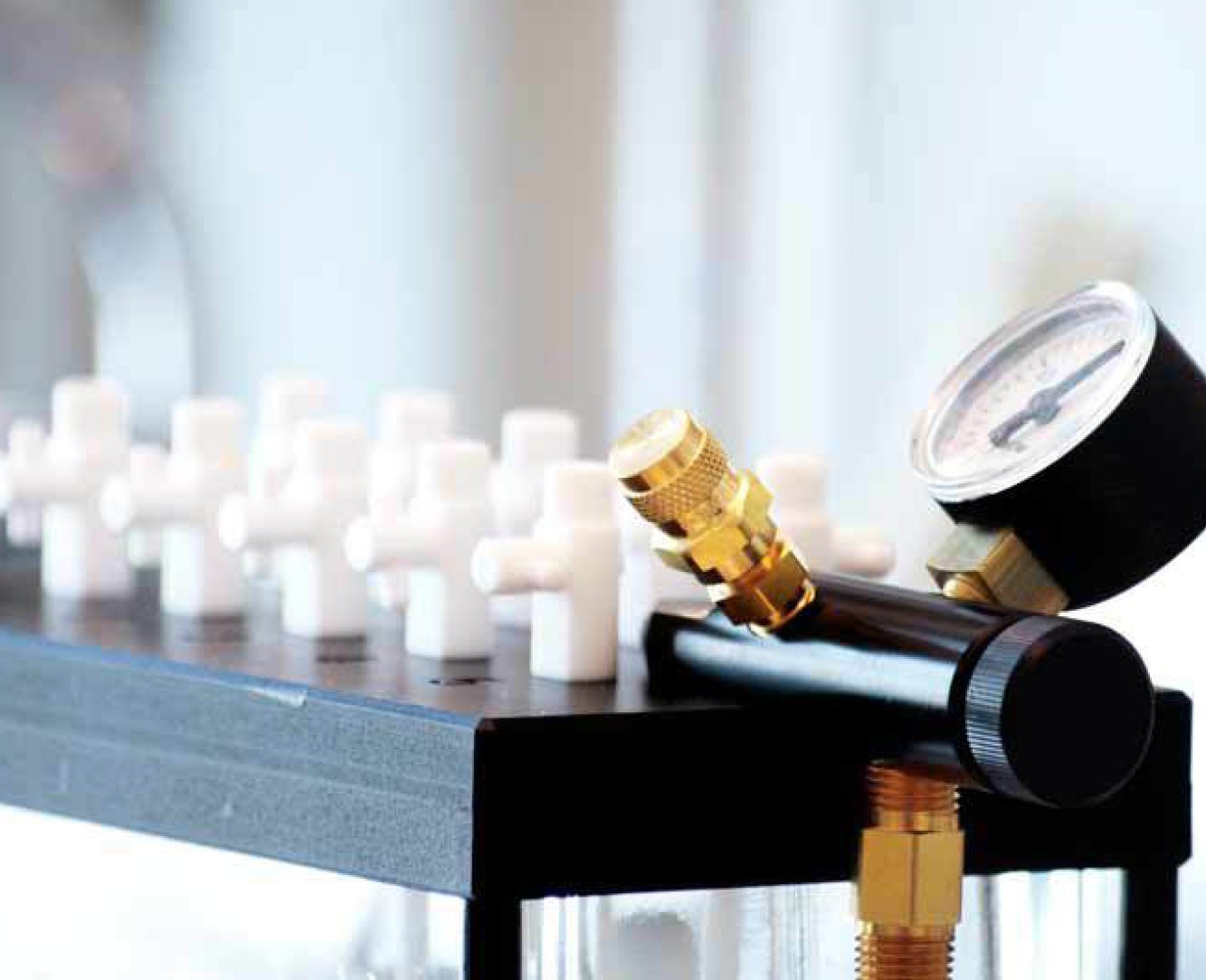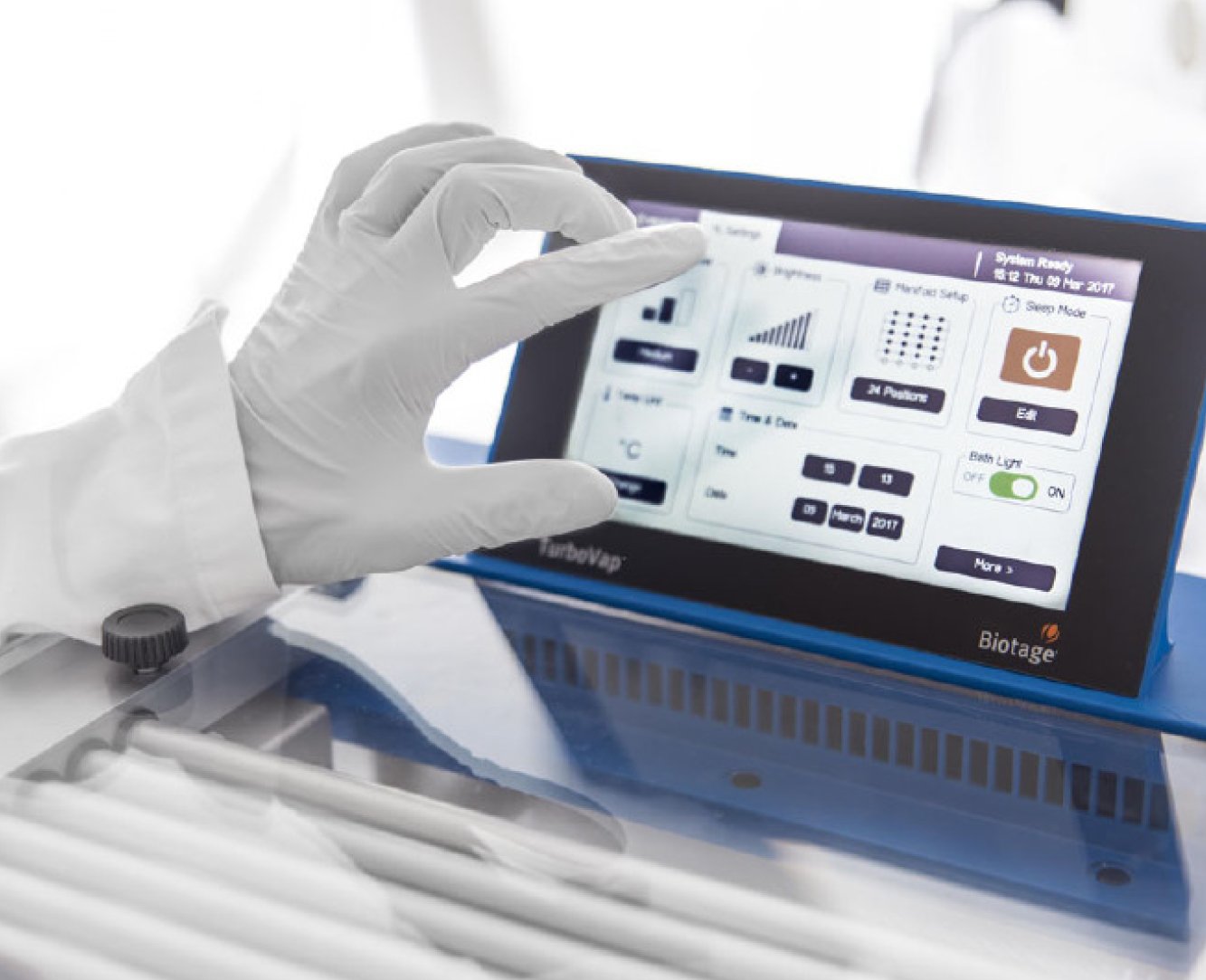CLOSE ×
ISOLUTE® SCX-2
CAT_ANA_ISOLUTE_SCX-2_PRP
- Products and Services
 Organic Workflow
Organic Workflow
- Organic Synthesis
- Flash Chromatography
- Biotage® Selekt Family
- Biotage® Selekt Enkel System
- Biotage® Selekt System
- Biotage® Sfär Overview
- Biotage® Sfär Silica - 60 μm
- Biotage® Sfär Silica D - Duo 60 μm
- Biotage® Sfär Silica HC - 20 μm
- Biotage® Sfär Silica HC Duo 20 μm
- Biotage® Sfär KP-Amino D
- Biotage® Sfär C18 Duo
- Biotage® Sfär Bio C18 D 300 Å 20 μm
- Biotage® Sfär Bio C4 D 300 Å 20 μm
- Evaporation
- Work-Up Products
 Peptide Workflow
Peptide Workflow
 Scale-Up Flash Purification
Scale-Up Flash Purification
 Sample Preparation
Sample Preparation
 Biomolecule Purification
Biomolecule Purification
 Oligo synthesis
Oligo synthesis Scavengers and Reagents
Scavengers and Reagents
 Service & Support
Service & Support
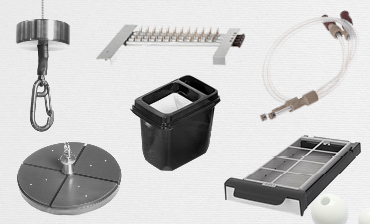 Accessories & Spare parts
Accessories & Spare parts
- Knowledge
- Investors
- Careers
- About

 Investors
Investors Reports & News
Reports & News The Share
The Share Corporate Governance
Corporate Governance Calendar
Calendar Sustainability
Sustainability Our Offering
Our Offering Our History
Our History Our Locations
Our Locations Leadership
Leadership